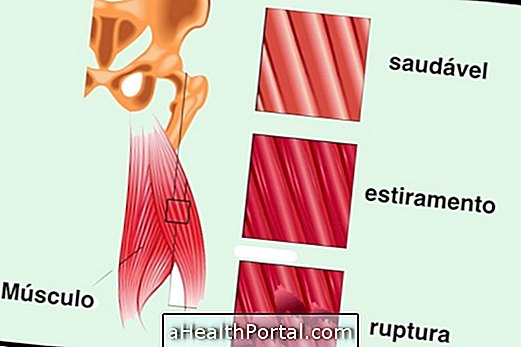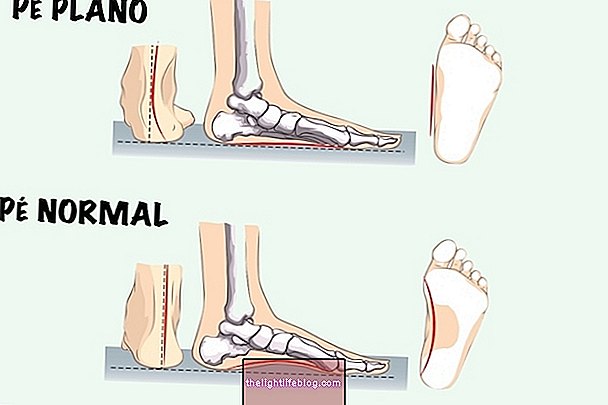Bone sputum tuberculosis, also called Pott's disease, is the most common type of extrapulmonary tuberculosis and can reach several vertebrae at the same time, causing severe and disabling symptoms. Your treatment includes antibiotics, physical therapy and sometimes surgery.
The disease occurs when Koch's Bacillus passes into the blood and lodges in the spine, preferably in the last thoracic or lumbar vertebrae. When choosing the site, the bacillus installs itself and begins the process of bone destruction, leading to compromise of all the articulations of the spine.

Symptoms of bone tuberculosis in the spine
Symptoms of spinal bone tuberculosis can be:
- weakness in the legs;
- progressive pain;
- palpable mass at the end of the column;
- impairment of movement,
- stiffness of the spine,
- there may be weight loss;
- there may be a fever.
Over time if there is no good response to treatment, it can progress to spinal compression and consequent paraplegia.
Diagnosis of bone tuberculosis depends on x-rays, CT scans and scintigraphy, but the best way to diagnose bone tuberculosis is through bone biopsy, called bone biopsy and PPD.
Treatment for spinal bone tuberculosis
Treatment for spinal bone tuberculosis includes immobilization of the spine with a vest, resting, antibiotics for about 2 years, and physiotherapy. In some cases surgery may be needed to drain the abscesses or stabilize the spine.























